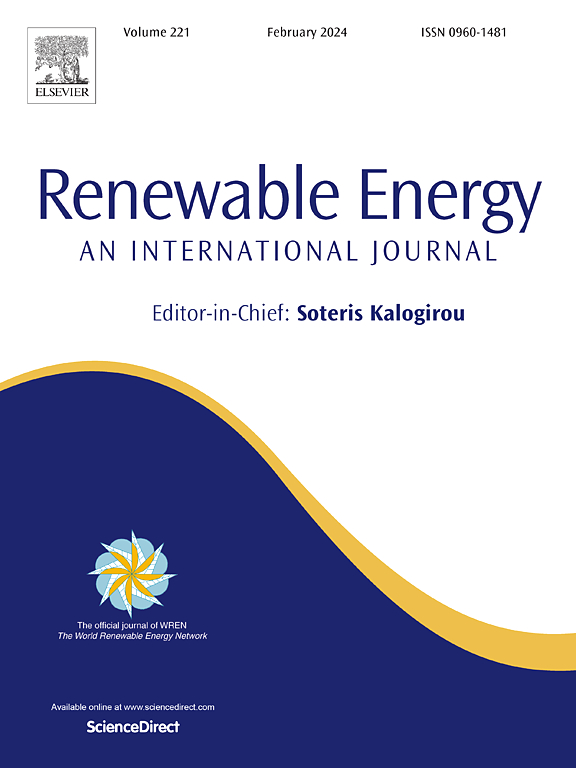Boosting efficiency of p-i-n perovskite solar cells via enhanced interfacial dipole strength using Al2O3 nanoparticles
IF 9
1区 工程技术
Q1 ENERGY & FUELS
引用次数: 0
Abstract
Interfacial engineering plays a crucial role in enhancing the performance of perovskite solar cells (PSCs) by optimizing energy alignment and charge transport at the interfaces. While self-assembled monolayers (SAMs) have emerged as effective hole transport layers (HTLs) due to their interfacial dipole effect, the impact of dipole strength optimization on device efficiency remains insufficiently explored. In this study, we present a simple yet effective strategy to enhance interfacial dipole strength in p-i-n PSCs by incorporating aluminum oxide nanoparticles (Al2O3 NPs) as spacers within the Me-4PACz interfacial layer. This approach leads to the formation of a thickened dipole layer, significantly improving energy level alignment and charge extraction. As a result, the power conversion efficiency (PCE) of the PSCs increased from 22.61 % in control devices to 25.59 % in optimized devices. Furthermore, we demonstrate the universality of this strategy by applying it to 2PACz and MeO-2PACz based PSCs, achieving efficiency improvements of 7.2 % and 5.8 %, respectively. This work provides new insights into interfacial dipole engineering, offering a scalable and efficient approach to advancing high-performance PSCs.
Al2O3纳米颗粒通过增强界面偶极子强度提高p-i-n钙钛矿太阳能电池效率
界面工程通过优化钙钛矿太阳能电池界面上的能量排列和电荷输运,对提高电池性能起着至关重要的作用。虽然自组装单层(sam)由于其界面偶极子效应而成为有效的空穴传输层(HTLs),但偶极子强度优化对器件效率的影响仍未得到充分探讨。在这项研究中,我们提出了一种简单而有效的策略,通过在Me-4PACz界面层中加入氧化铝纳米颗粒(Al2O3 NPs)作为间隔剂来增强p-i-n PSCs的界面偶极子强度。这种方法导致了一个加厚的偶极子层的形成,显著改善了能级对准和电荷提取。结果表明,PSCs的功率转换效率(PCE)从控制器件中的22.61%提高到优化器件中的25.59%。此外,我们通过将该策略应用于基于2PACz和MeO-2PACz的psc,证明了该策略的普遍性,分别实现了7.2%和5.8%的效率提高。这项工作为界面偶极子工程提供了新的见解,为推进高性能psc提供了一种可扩展和有效的方法。
本文章由计算机程序翻译,如有差异,请以英文原文为准。
求助全文
约1分钟内获得全文
求助全文
来源期刊

Renewable Energy
工程技术-能源与燃料
CiteScore
18.40
自引率
9.20%
发文量
1955
审稿时长
6.6 months
期刊介绍:
Renewable Energy journal is dedicated to advancing knowledge and disseminating insights on various topics and technologies within renewable energy systems and components. Our mission is to support researchers, engineers, economists, manufacturers, NGOs, associations, and societies in staying updated on new developments in their respective fields and applying alternative energy solutions to current practices.
As an international, multidisciplinary journal in renewable energy engineering and research, we strive to be a premier peer-reviewed platform and a trusted source of original research and reviews in the field of renewable energy. Join us in our endeavor to drive innovation and progress in sustainable energy solutions.
 求助内容:
求助内容: 应助结果提醒方式:
应助结果提醒方式:


